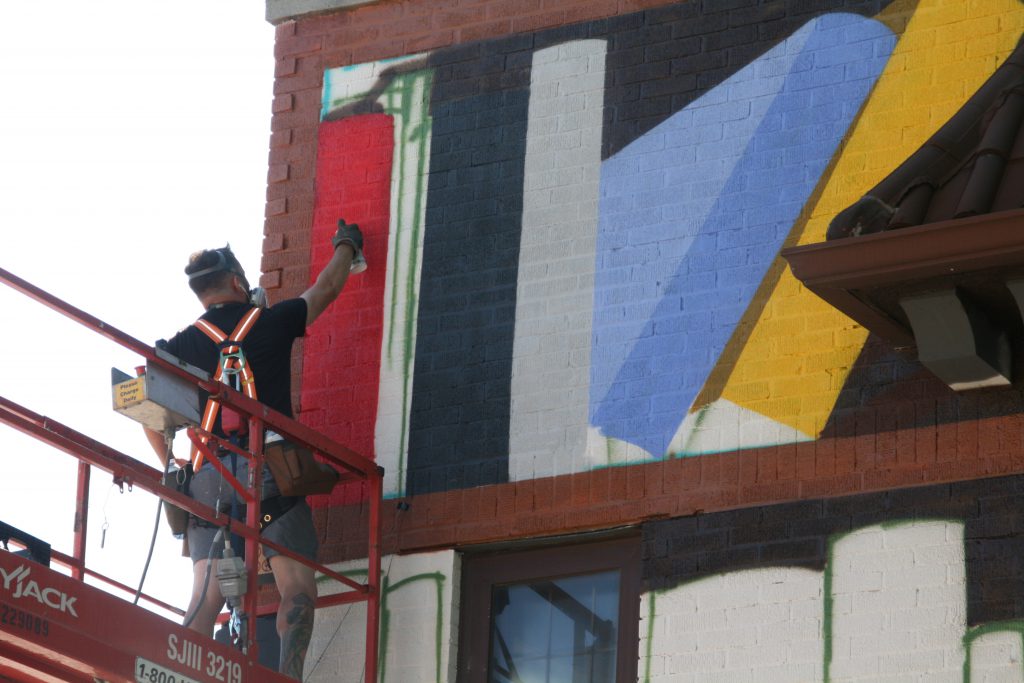State Should Invest in Creative Economy
Wisconsin ranks 50th in support for arts. That’s a missed opportunity for the state.
As we imagine the future of Milwaukee and the state, we see a thriving and vibrant region that is powered by the creative forces and the cultural production of our region’s artists, creative workers, and small businesses.
This community of non-profit arts and culture organizations, for-profit creative businesses, and artists and cultural workers is part of a rich creative and cultural tapestry that helps to power Milwaukee and the state, generating $10 billion in state economic impact, representing 3.1% of Wisconsin’s GDP.
Among these investments will be nearly $30 million in programmatic funding to spur small business development, entrepreneurship, and workforce development through the Wisconsin Economic Development Corporation (WEDC). Artists, cultural workers, and for-profit creative businesses in our region should be eligible for these programs as many are independent operators and small businesses in our communities.
The Governor also recommends a $500,000 Creative Economy Development Initiative, which will enable businesses and local governments to support local economic development and workforce training projects through an arts and cultural production lens. These initiatives will be central in re-envisioning our rural and urban communities alike.
The Governor’s budget also provides funding that will allow the Wisconsin Arts Board to receive important federal National Endowment for the Arts (NEA) funding to support arts and cultural groups throughout the state.
While these investments are commendable, the non-profit arts and culture sector in Milwaukee generates over $225 million in annual expenditures; the Governor’s $53,200 statewide two-year match funding represents just .02% of what Milwaukee’s arts and culture community puts into the region. Given how small a percentage this represents for Milwaukee alone, it is no surprise that Wisconsin remains 50th in the nation in public funding for the arts.
With new revenue sources, the City and County should consider developing a partnership on arts and culture. Lack of funding and capacity at the Milwaukee Arts Board and the County Parks Department means that there is no leadership voice representing arts and culture inside government. Because of this, art and culture’s capacity to lead conversations and provide solutions is greatly diminished. A more fully funded arts and culture office at the city and/or county government level would be able to connect the priorities of city, county, and state government with the non-profit arts and culture organizations that are essential to our civic fabric.
David Lee, chief executive officer of Imagine MKE.
Op-Ed
-
Wisconsin Candidates Decry Money in Politics, Plan to Raise Tons of It
 Dec 15th, 2025 by Ruth Conniff
Dec 15th, 2025 by Ruth Conniff
-
Trump Left Contraceptives to Rot; Women Pay the Price
 Dec 8th, 2025 by Dr. Shefaali Sharma
Dec 8th, 2025 by Dr. Shefaali Sharma
-
Why the Common Council’s Amended Budget is Good Policy for Milwaukee
 Nov 20th, 2025 by Alds. Marina Dimitrijevic and Russell W. Stamper, II
Nov 20th, 2025 by Alds. Marina Dimitrijevic and Russell W. Stamper, II




















